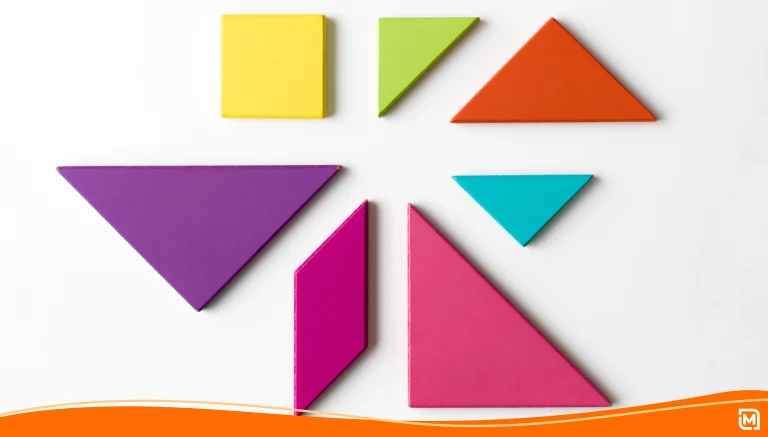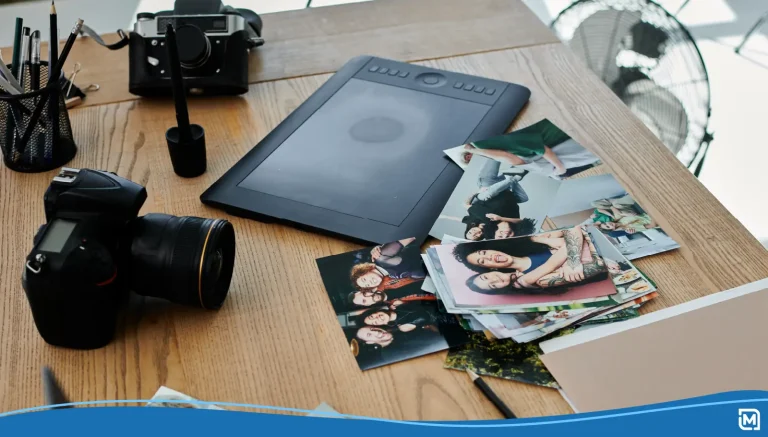The company logo conveys a lot of messages – your brand, your capability, and even your market. The typography, images, and colors all play into how a customer might perceive it. This is why it’s important to choose the correct logo.
More than that, however, it’s also important to have it in the correct file type. A vector logo, for instance, is preferable by many designers and companies. But what is a vector logo and what are its advantages?
Keep on reading to see why your business needs vector-based graphics.
What Is a Vector Logo?
Vector graphics consist of 2D points, which are then connected by curves and lines based on mathematical equations. Once connected, these elements create shapes and polygons. This allows you to scale the graphics bigger or smaller without losing the quality.
A vector logo may have different formats than other graphics files, with the most common three being:
AI (Adobe Illustrator Artwork)
This is the native format of the popular software Adobe Illustrator. It’s a modified version of the EPS format, which makes it common enough yet still less universal.
You wouldn’t need the program to open it, though, as some third-party programs can read this format. CorelDRAW, for example, can open it and many other file types.
EPS (Encapsulated PostScript)
This one is the most common file type of vector graphics as it’s considered the standard format. Most vector graphics software support EPS, including Adobe Illustrator. If you have other file types, like AI, it’s best if you also have an EPS to cover your bases.
SVG (Scalable Vector Graphic)
In the past, it didn’t have much support and so designers usually ignored SVG. Today, however, it’s becoming more common today as browsers are increasing their support for this file type. It’s the W3C Vector graphic standard that can support any screen resolution.
Vector vs. Raster Graphics
Another graphics type you might have heard of is raster. Raster-based graphics contain pixels instead of points, lines, and curves.
This means those pictures you take and the images you create are raster-based. Even pictures you download on the internet are likely to have a raster graphics format. Files with the types PNG, JPEG, and GIF are raster-based.
While many programs support raster-based graphics, your common software might not be able to utilize vector logos. An example is Microsoft Word, which might not view the vector file the proper way.
Advantages of a Vector Logo
Why would you want to use vector graphics, then, when raster seems to be more common? It all boils down to their main difference – pixels vs. points – that dictate why vector is superior for logos.
Scalability
The number one advantage of using vector graphics is the scalability. With vector logos, you can scale it up or down as much as you want without losing quality. You won’t lose any sharpness even if you zoom in plenty of times.
With rasterized logos, you’ll see the pixels if you zoom in too much, which makes it lose its sharpness. As pixels make up curved lines, you’ll see some gray and light-colored ones on the edges. These give the illusion of curves.
This is why vector graphics is preferable for logos. You’ll need to place your logo on billboards, business cards, posters, and more. If you need your logo on a blimp, vector graphics will take care of that for you.
You’ll need to make sure your logo stays clear and crisp for all these mediums. Otherwise, you might risk having an unprofessional image.
Flexibility
In any vector-based software, you can export the file to any type of graphics you might need. This includes AI, EPS, SVG, and even PDF, but apart from those vector-based formats, you can also export it to any raster format, including the usual PNG, JPEG, GIF, TIFF, and so on.
This is helpful for when logo designers send a brand package to their clients. As more programs support raster-based file types, they’ll be able to view them without any need for vector-based programs. You can even send them a PDF file, and they’ll be able to view the logo with a PDF reader.
Don’t worry, though, as raster formats can retain most of the quality of the vector logo. Clients will be able to see it like normal unless they try to stretch it or minimize it.
Editable
It’s quite easy to edit vector files, too. This is important when the designer is dealing with hard clients or when it’s nearing the deadline. A project may require different revisions, but with vector-based programs, it’s easy to make corrections on an already made graphic.
In Adobe Illustrator, for example, you can change colors, move elements, and such in an instant. You can make quick corrections or extensive alterations as you want.
For vector files with ASCII-format data only, it’s easy to edit them with only text editing tools. Using some simple ones, like the ones installed in your computer, you can remove, add, or edit individual elements without affecting the others in the image.
Non-Resolution Dependent
Vector graphics are not dependent on image resolution. They have no fixed intrinsic resolution. Instead, they take into account the resolution of the device in which they’re displayed, like monitors, printers, and such.
Smaller Files
A raster logo file of comparable quality to a vector logo is much more prominent in size. This is because it needs to memorize millions of pixels.
Each of these pixels then has X and Y coordinates plus color information, which the file needs to memorize. Vector files don’t need to save that much information, and so they can be smaller in size.
Create Your Own Logo
This finishes the debate; the best logos are vector-based due to its scalability. If you want to create your own vector logo, visit our website today and create a design in minutes.



